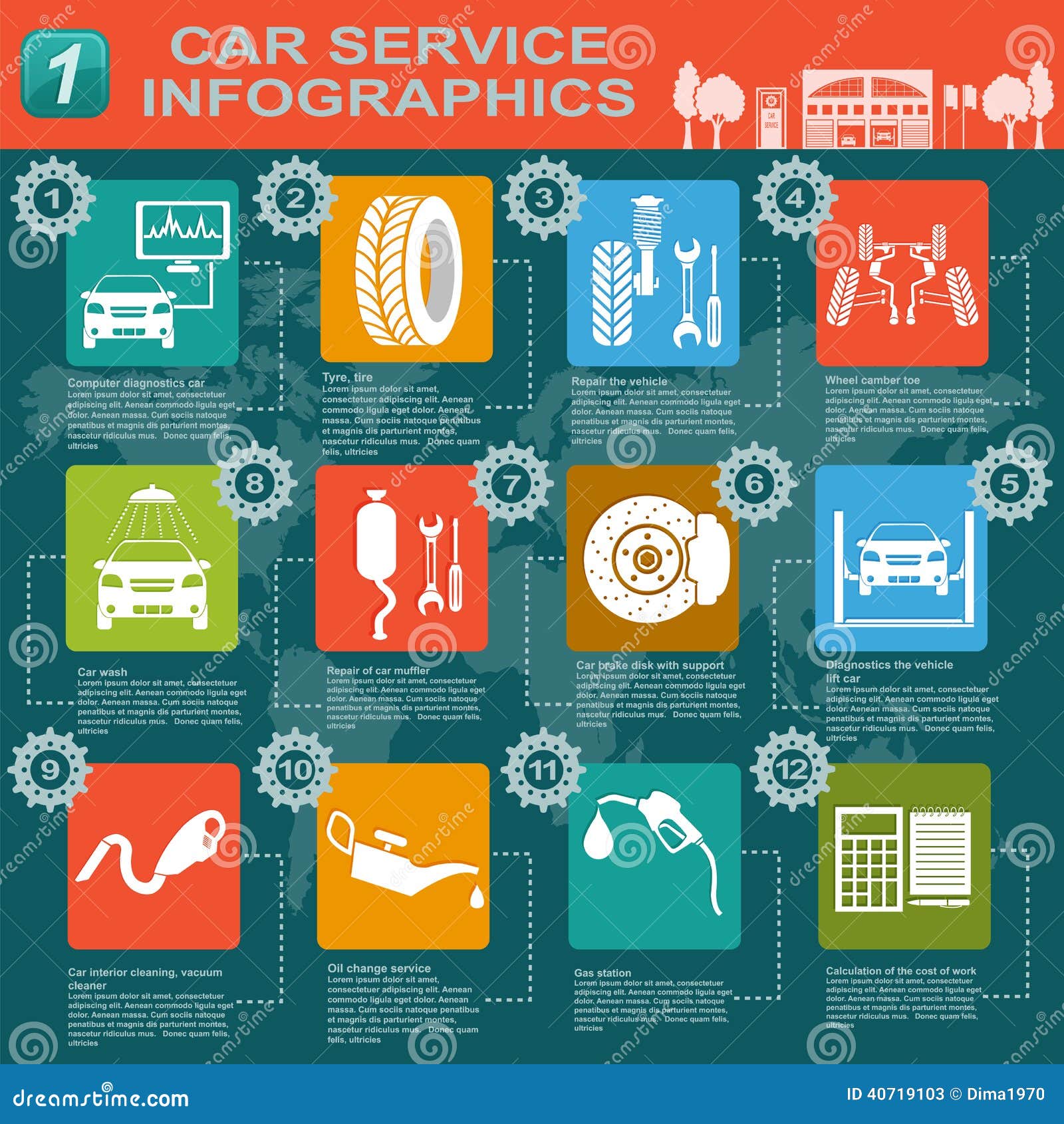Understanding The Actual Ramifications Of Warning Indicators In Your Car
Understanding The Actual Ramifications Of Warning Indicators In Your Car
Blog Article
certified auto repair By-Johannsen Mendez
When you're behind the wheel, those radiant caution lights on your dashboard can be a bit difficult. Do you understand what they're trying to tell you concerning your cars and truck's wellness? Recognizing the value of these lights is vital for your safety and security and the long life of your automobile. So, the following time one of those lights pops up, wouldn't you want to understand its message properly and take the essential actions to resolve it?
Common Caution Lights and Interpretations
Determine common warning lights in your car and recognize their definitions to guarantee secure driving.
The most regular caution lights include the check engine light, which signals problems with the engine or discharges system. If this light begins, it's crucial to have your car examined immediately.
The oil stress cautioning light indicates low oil pressure, needing prompt attention to stop engine damages.
https://brakerepair73840.blogvivi.com/31675035/revealing-the-hidden-treasures-revealing-phenomenal-automobile-repair-service-shops-in-your-community blinking battery light could suggest a defective charging system, possibly leaving you stranded if not attended to.
The tire pressure monitoring system (TPMS) light notifies you to low tire pressure, affecting car stability and fuel efficiency. Ignoring this might cause unsafe driving problems.
The ABS light indicates a trouble with the anti-lock braking system, jeopardizing your ability to stop rapidly in emergencies.
Lastly, the coolant temperature level advising light warns of engine getting too hot, which can lead to extreme damage otherwise fixed promptly.
Understanding these typical warning lights will certainly help you attend to concerns quickly and preserve risk-free driving conditions.
Significance of Prompt Interest
Understanding the common warning lights in your automobile is only the first step; the significance of immediately addressing these cautions can't be highlighted sufficient to ensure your safety and security on the road.
When a warning light brightens on your dashboard, it's your automobile's way of connecting a prospective concern that needs attention. Ignoring these warnings can lead to extra serious problems down the road, compromising your safety and security and possibly costing you much more in repairs.
Motivate attention to cautioning lights can avoid break downs and crashes. As an example, a blinking check engine light could indicate a misfire that, if left neglected, could trigger damage to the catalytic converter. Resolving this promptly can conserve you from a costly repair.
Likewise, a brake system cautioning light could signify reduced brake fluid or worn brake pads, vital parts for your safety and security when driving.
Do It Yourself Troubleshooting Tips
If you see a warning light on your dashboard, there are a few DIY repairing suggestions you can attempt prior to looking for expert assistance.
The first step is to consult your auto's handbook to understand what the particular warning light indicates. Often the issue can be as basic as a loosened gas cap causing the check engine light. Tightening the gas cap might deal with the issue.
https://www.freep.com/story/money/business/michigan/2022/07/26/joel-landy-detroit-properties-cars/10115684002/ is a reduced battery, which can trigger different alerting lights. Inspecting the battery connections for corrosion and ensuring they're secure might deal with the issue.
If a caution light lingers, you can attempt resetting it by separating the cars and truck's battery for a few minutes and after that reconnecting it. Additionally, checking your vehicle's liquid levels, such as oil, coolant, and brake fluid, can aid troubleshoot warning lights associated with these systems.
Verdict
Finally, understanding your automobile's caution lights is vital for maintaining your vehicle running smoothly and safely. By quickly dealing with these notifies and understanding what they mean, you can avoid pricey repairs and possible breakdowns.
Remember to consult your vehicle's handbook for particular details on each cautioning light and take action appropriately to guarantee a hassle-free driving experience.
Stay educated, remain risk-free when driving!
